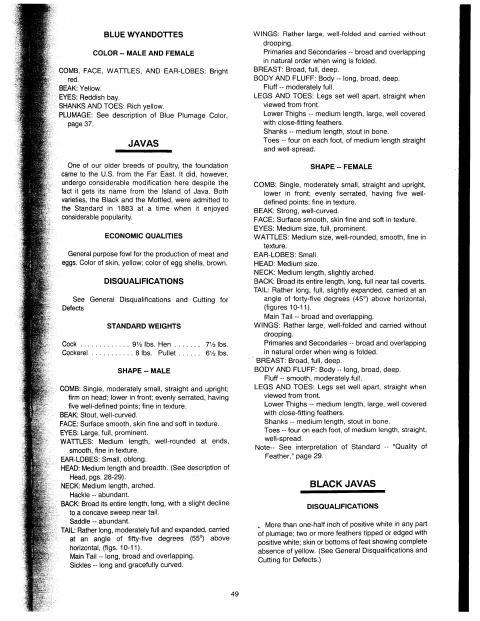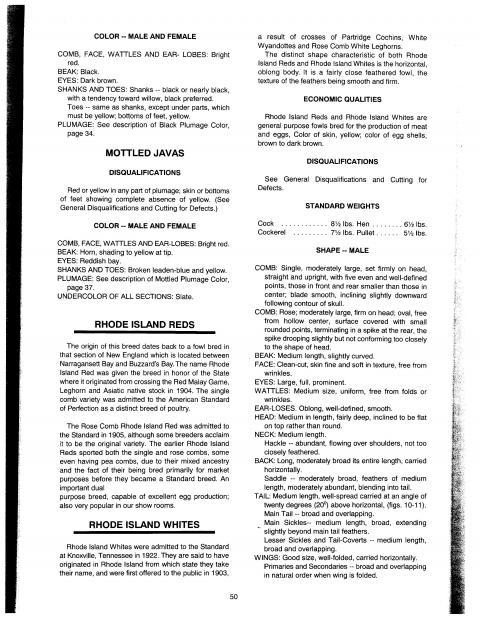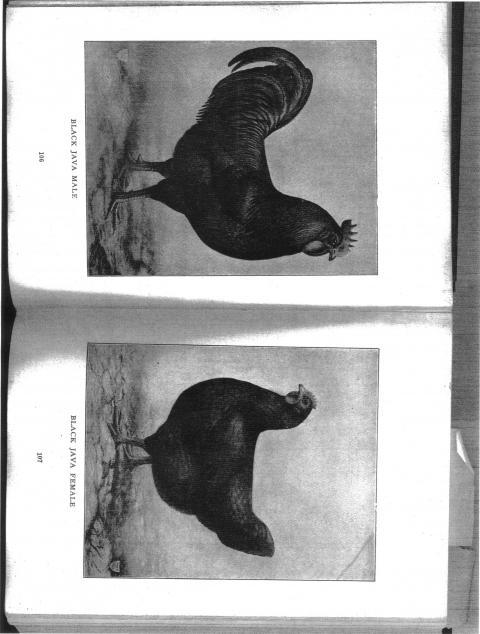My Java friend responded to the questions, he has raised and shown Java his entire life, and is one the oldest and best known breeders, he says of the Eng hen shown on the previous page: Her eye color os too light and usually this means there is a mottled Java genes lurking in her.
This is also true with any black Java that has lighter brown eyes especially if it is lines in orange or reddish.
The eye needs to be as dark as possible, dark chocolate to brown almost black is best.
As for the feet, mine have willow top and bottoms and I asked if these will darken with age and he said sometimes the legs can turn more slate with age , and sometimes the feet yellow a bit on the soles, sometimes not and these birds must be culled.
They must have yellow soles, sometimes it is just a dot in the center, but ideally they should have all yellow on the bottoms as if they walked in yellow paint.
Javachick's yellow soles look good, and my cocokeral and pullet from haTHOR have almost black eyes, but still willow feet bottoms, so hopefully the yellow sole grows into the foot.
Eng: what color feet do yours have, do you have mottled and blacks penned together ?
Have you ever gotten a mottled chick from your black hens ?
I like mottled Java, but the blacks that are SQ and to SOP must have dark eyes.
This is also true with any black Java that has lighter brown eyes especially if it is lines in orange or reddish.
The eye needs to be as dark as possible, dark chocolate to brown almost black is best.
As for the feet, mine have willow top and bottoms and I asked if these will darken with age and he said sometimes the legs can turn more slate with age , and sometimes the feet yellow a bit on the soles, sometimes not and these birds must be culled.
They must have yellow soles, sometimes it is just a dot in the center, but ideally they should have all yellow on the bottoms as if they walked in yellow paint.
Javachick's yellow soles look good, and my cocokeral and pullet from haTHOR have almost black eyes, but still willow feet bottoms, so hopefully the yellow sole grows into the foot.
Eng: what color feet do yours have, do you have mottled and blacks penned together ?
Have you ever gotten a mottled chick from your black hens ?
I like mottled Java, but the blacks that are SQ and to SOP must have dark eyes.






